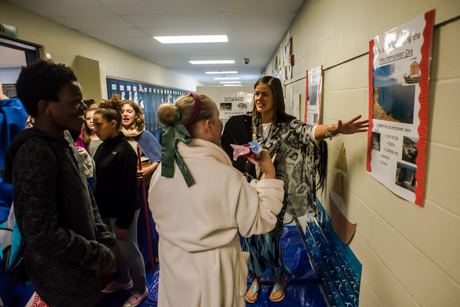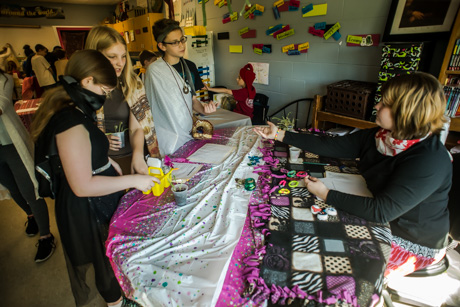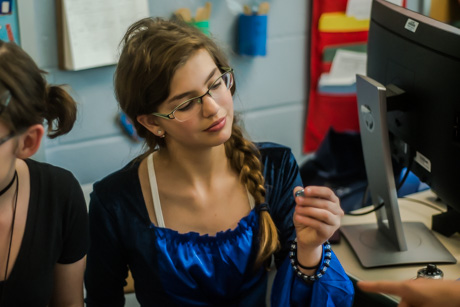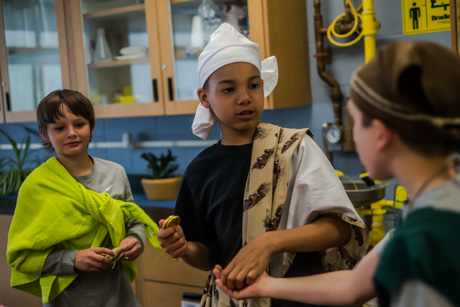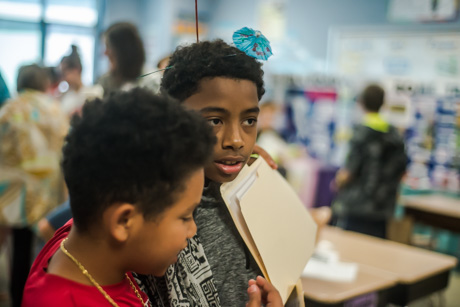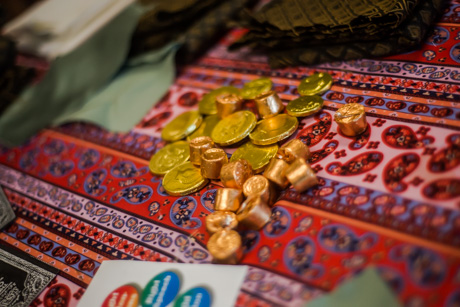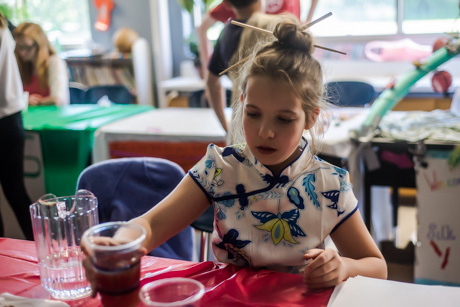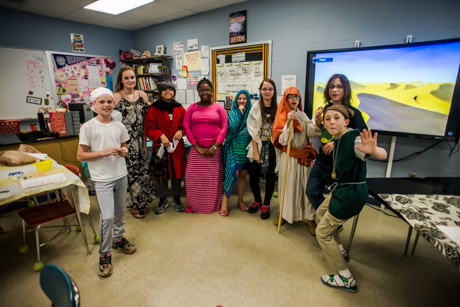
One of the most memorable days of sixth grade at Batavia Middle School is the day students recreate the Silk Road, says Social Studies teacher Stephanie D’Alba.
Many of the children dress in costumes of the nations along the world's first stable trading route that connected China with Rome and started the process of global trade.
The Silk Road recreation gives students a chance to learn about history, geography, climate, culture, civilization and, of course, trade. The Silk Road put the world on the path of global trade.
"Today kids just get on the Internet and they think it’s so easy," D'Alba said. "This shows them the very first way that things traveled from one side of the world to the other."
The name for the trade route comes from China's chief export, silk, which wasn't available in Europe before Genghis Khan established law and order and safe passage for travelers and traders along the routes the comprised the Silk Road. China managed to keep the production method secret for centuries and Rome, with only gold to trade, found its reserves becoming depleted. The Silk Road also introduced Europe to new foods and spices (though, contrary to myth, Marco Polo did not bring back pasta to Italy).
The BMS "Silk Road" covers two floors in the school, with selected classrooms acting as countries along the trade route and the hallways marked with posters and pictures simulating deserts, seas, water stops, and areas that might be filled with bandits.
"It kind of shows you how to make a bargain and see what other people have to trade in their land and see their creativity," said Aidan Anders.
"It's pretty fun," said Cody Harloff. "It's fun trading to get other stuff and we get to see how the conditions were."
